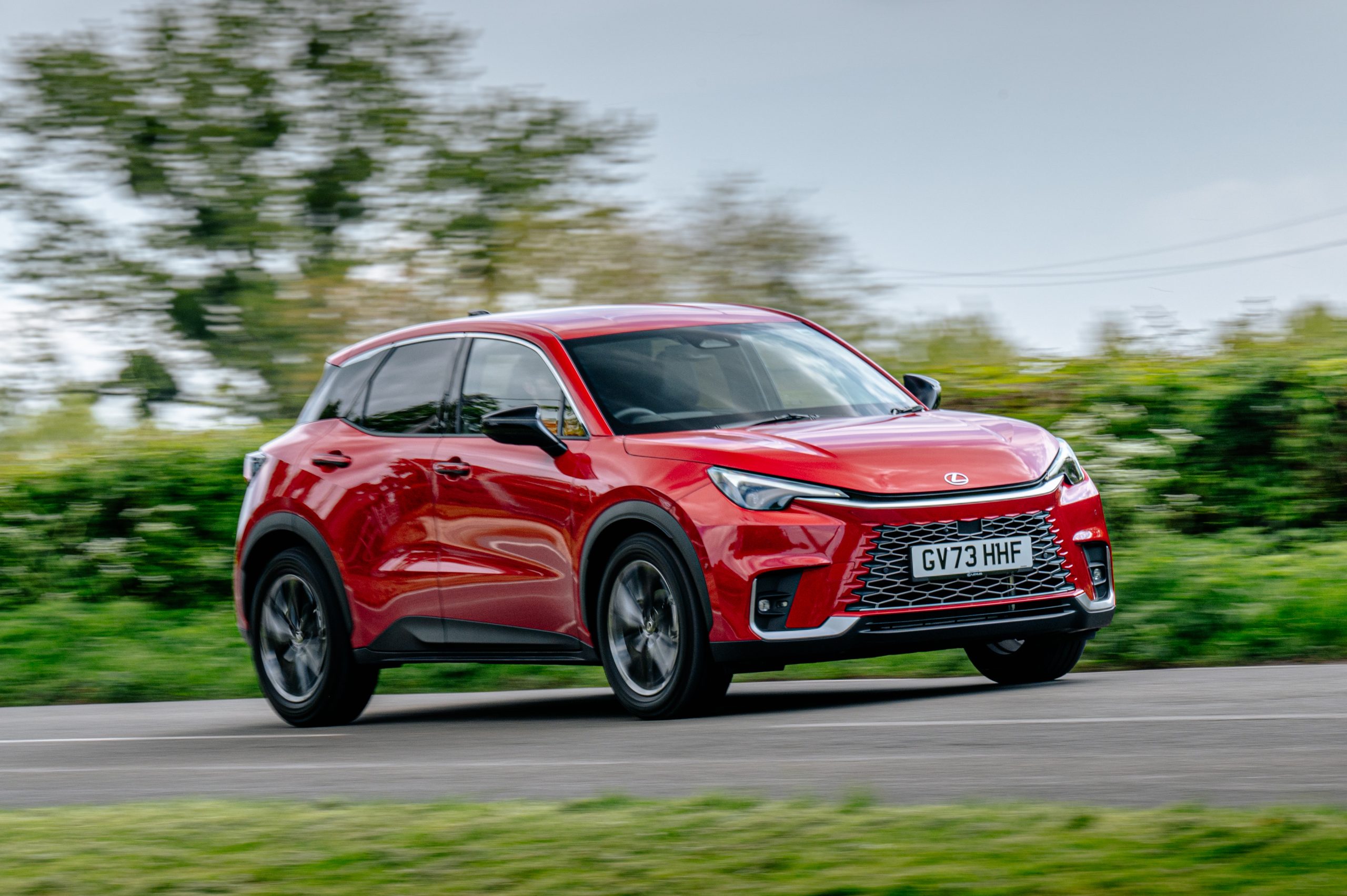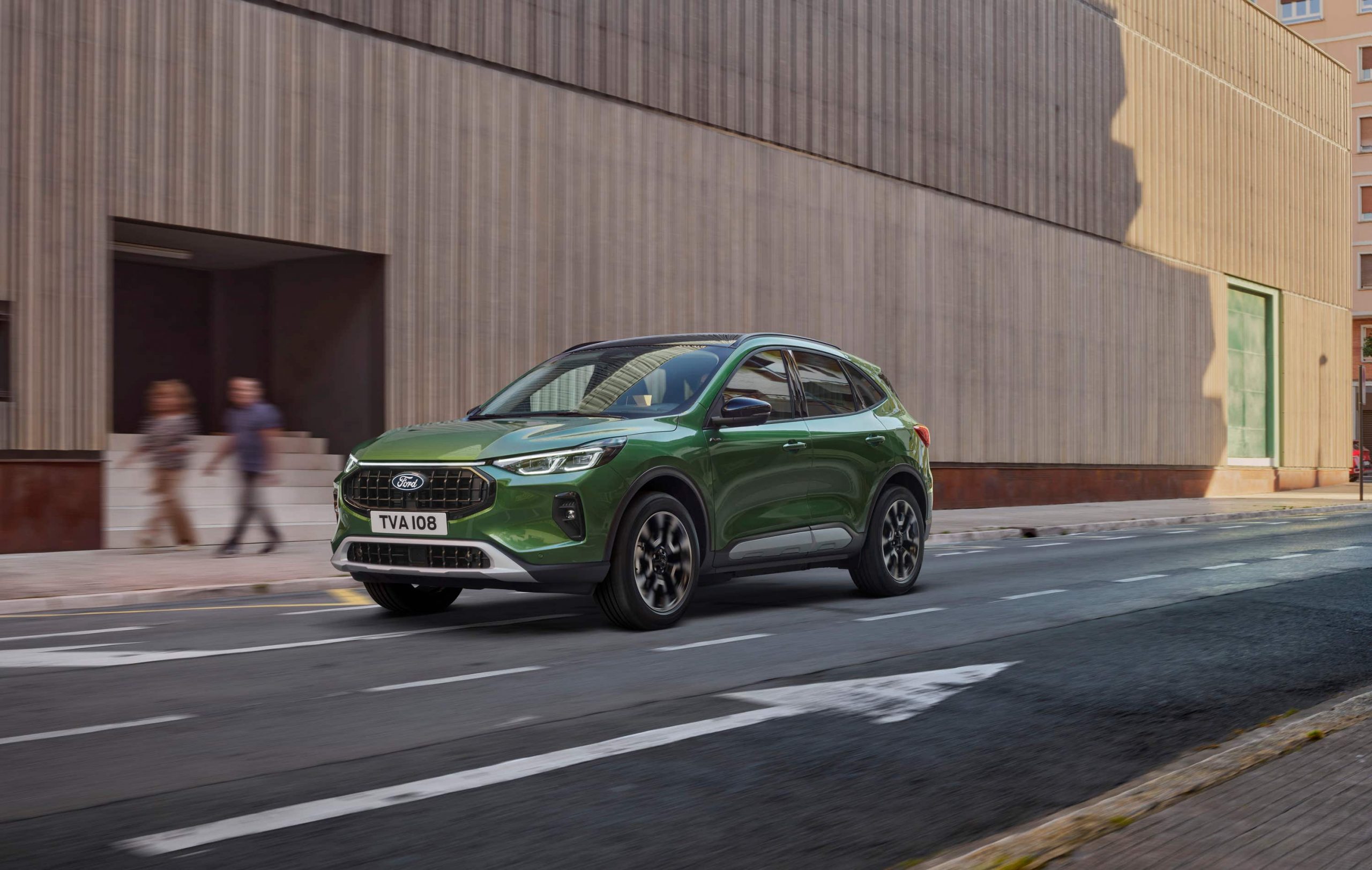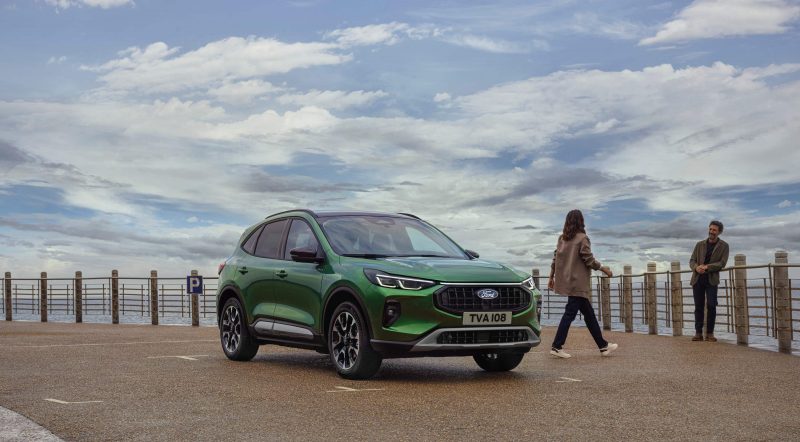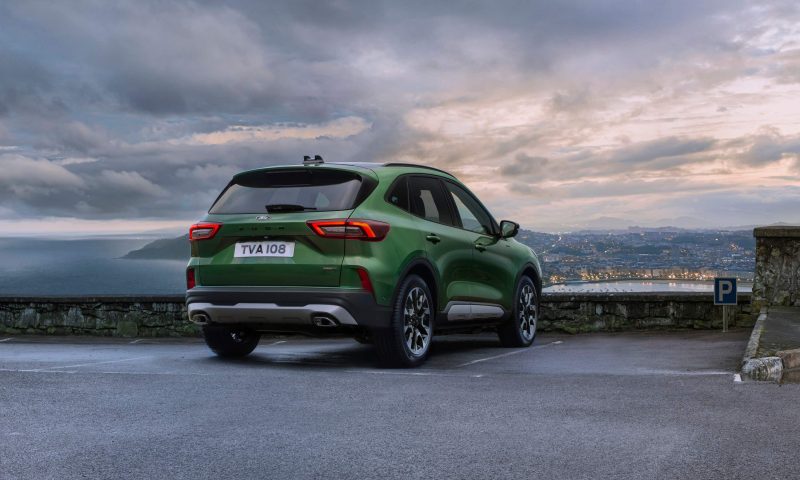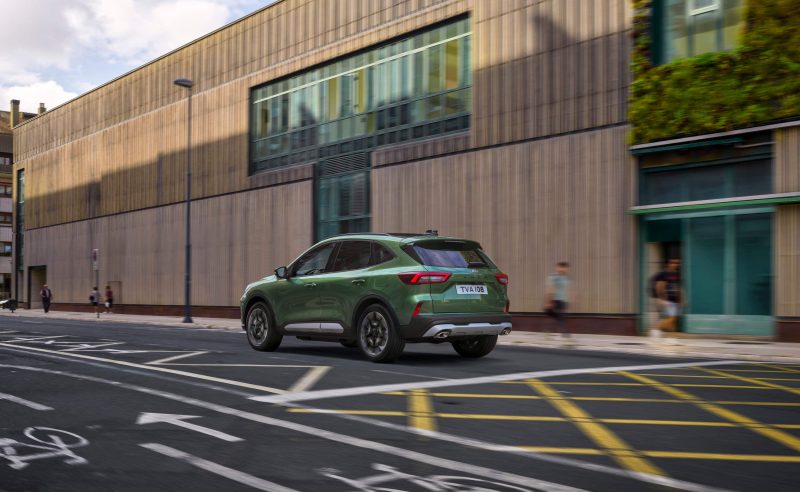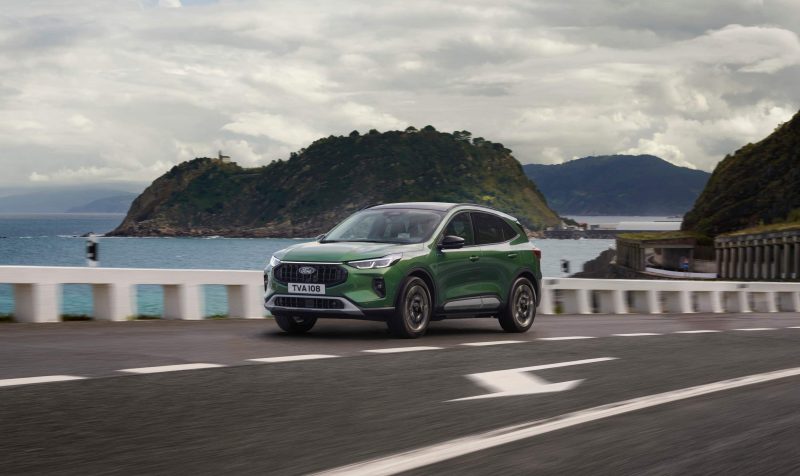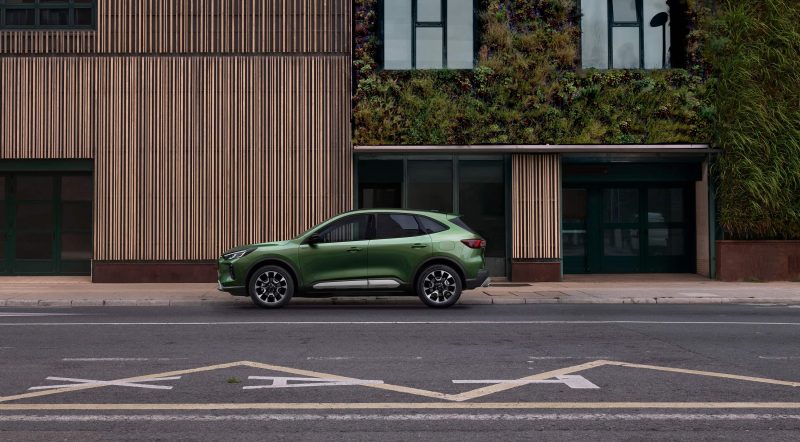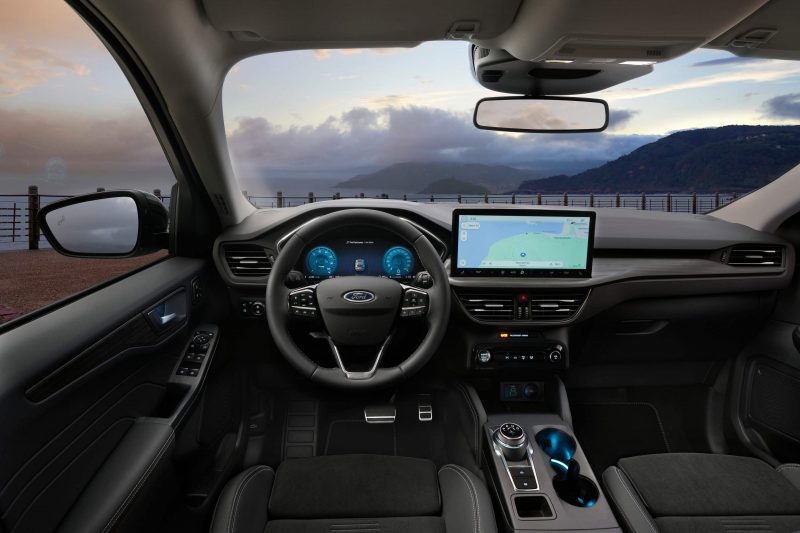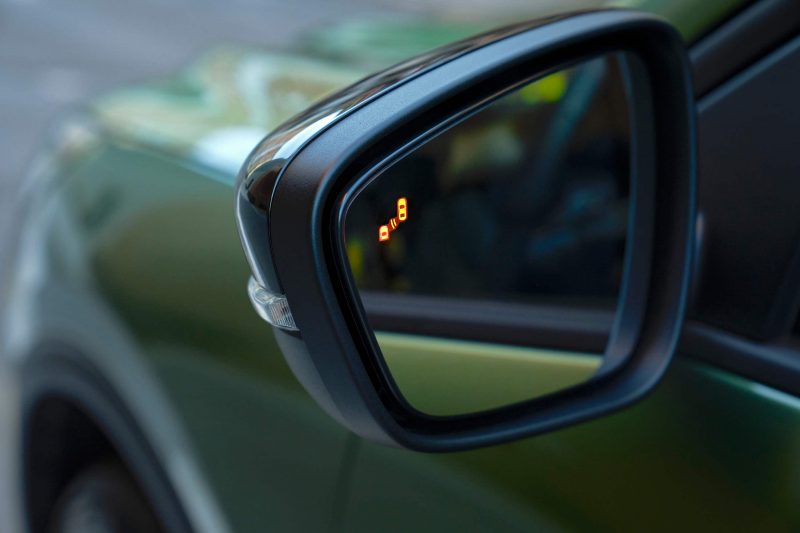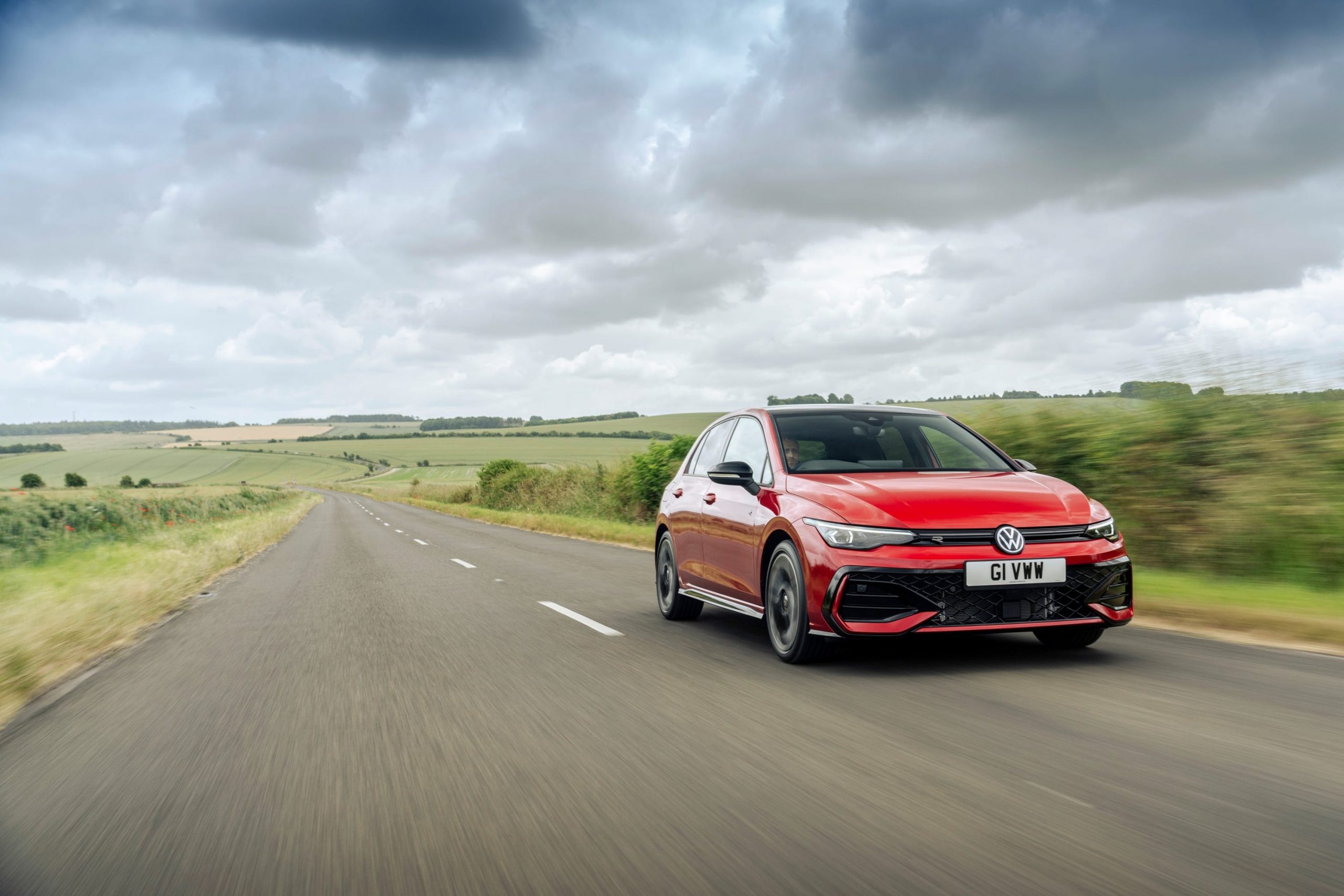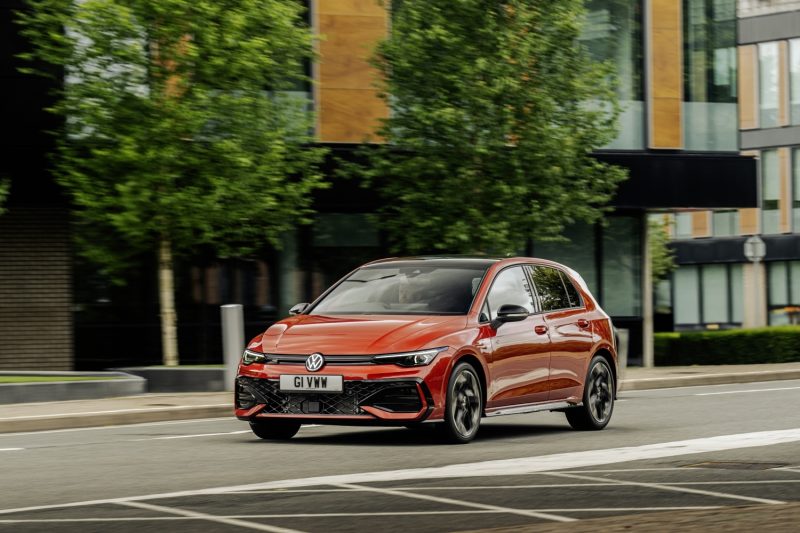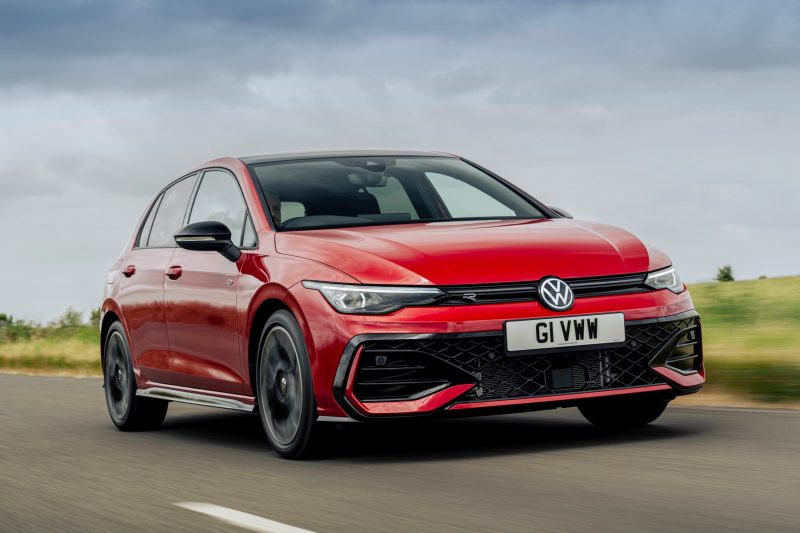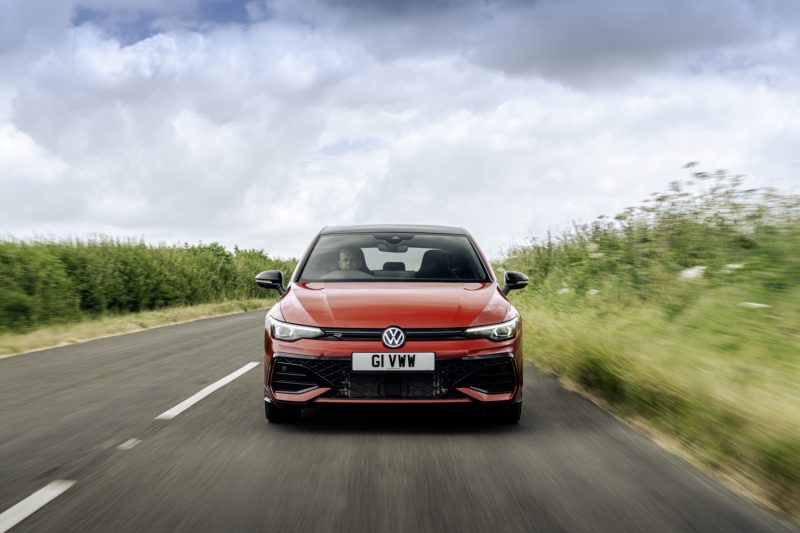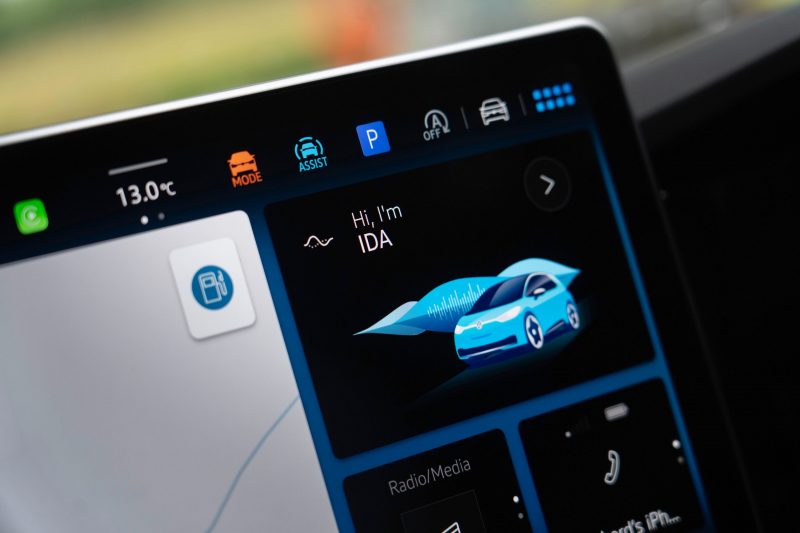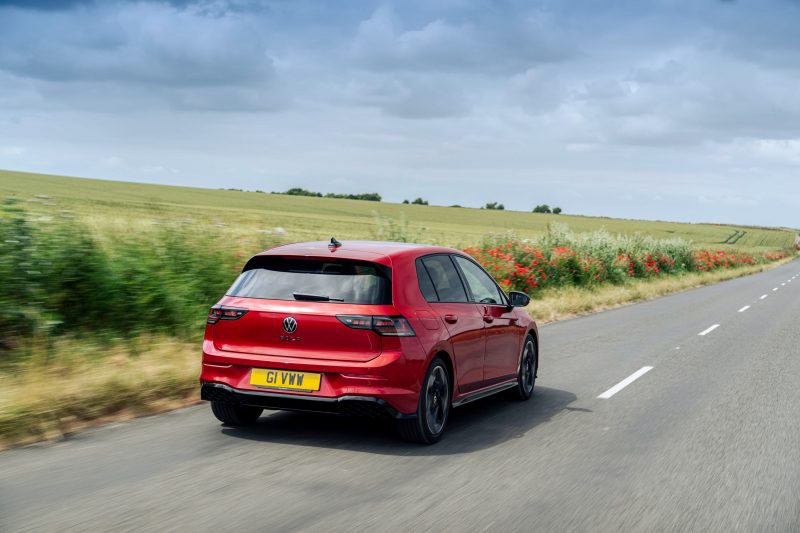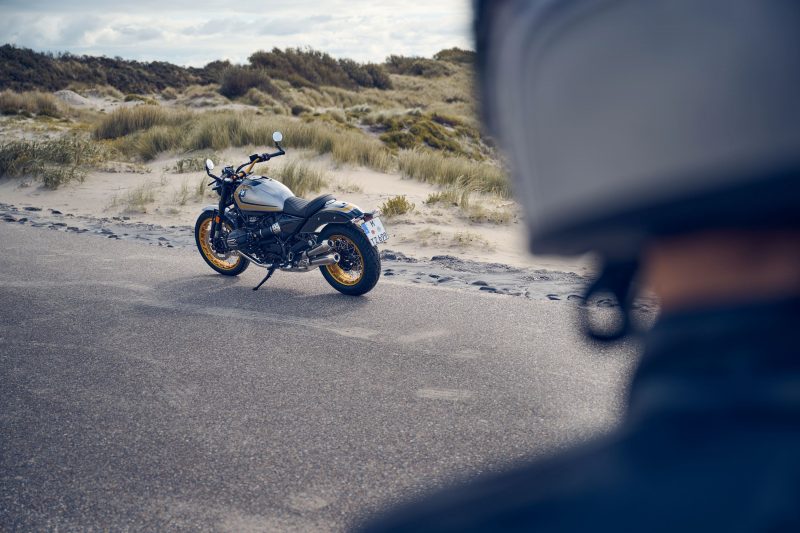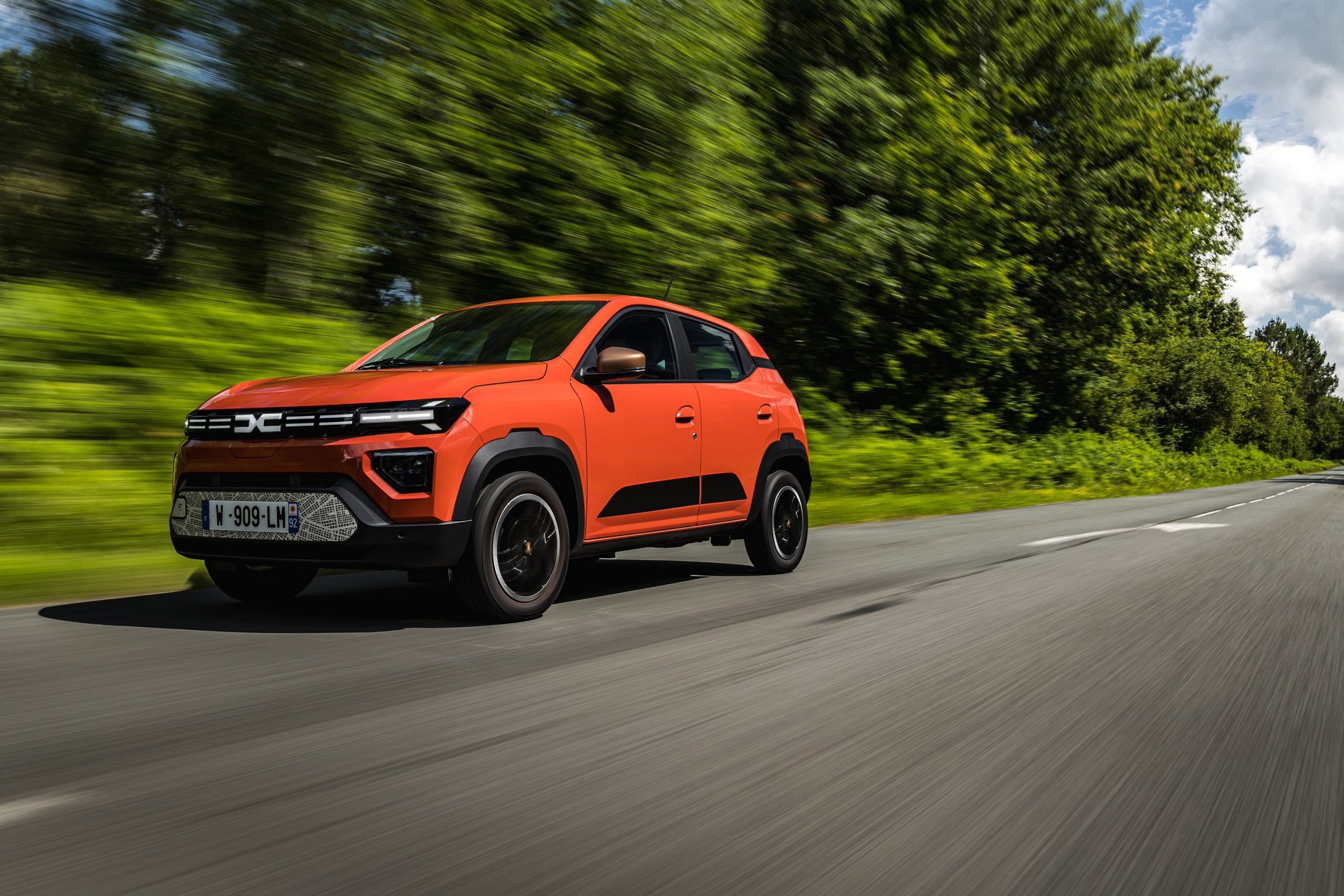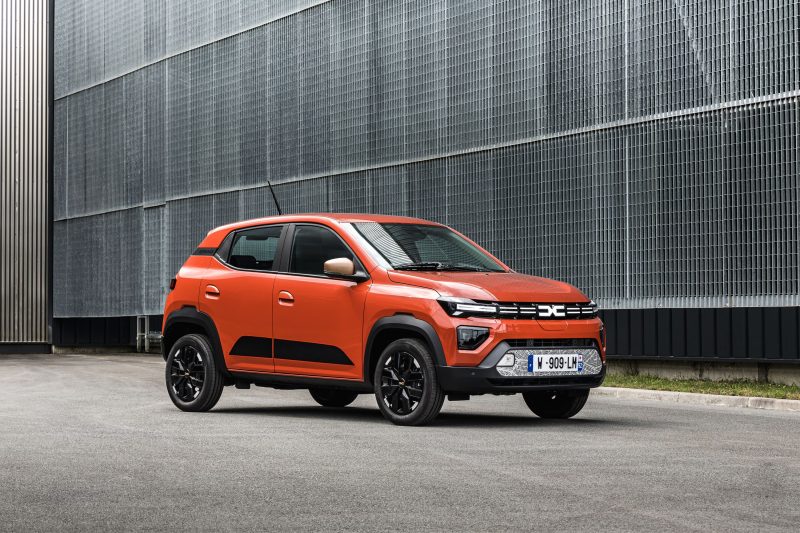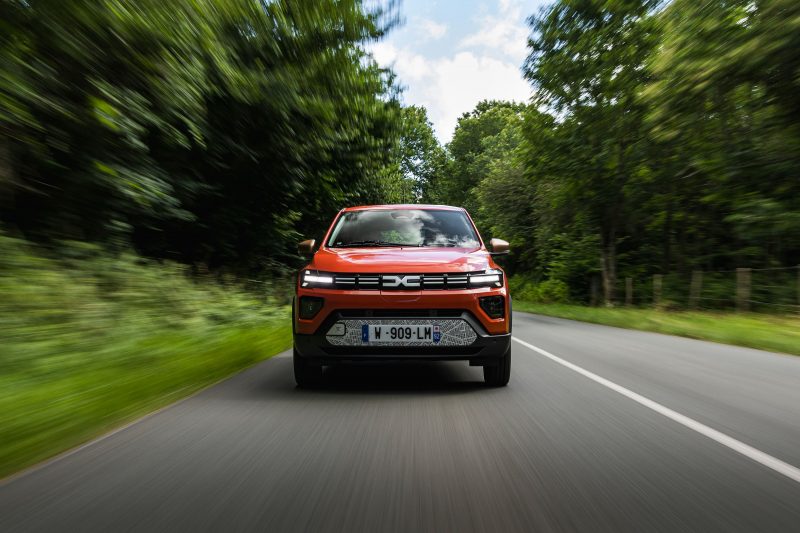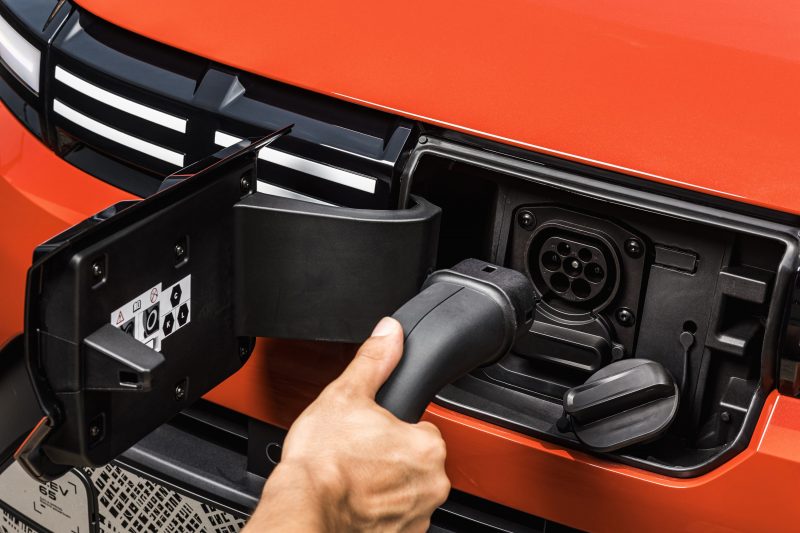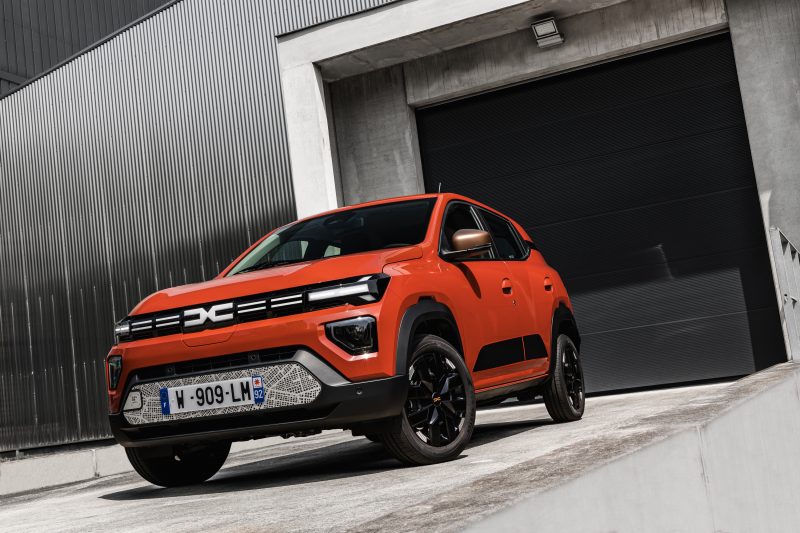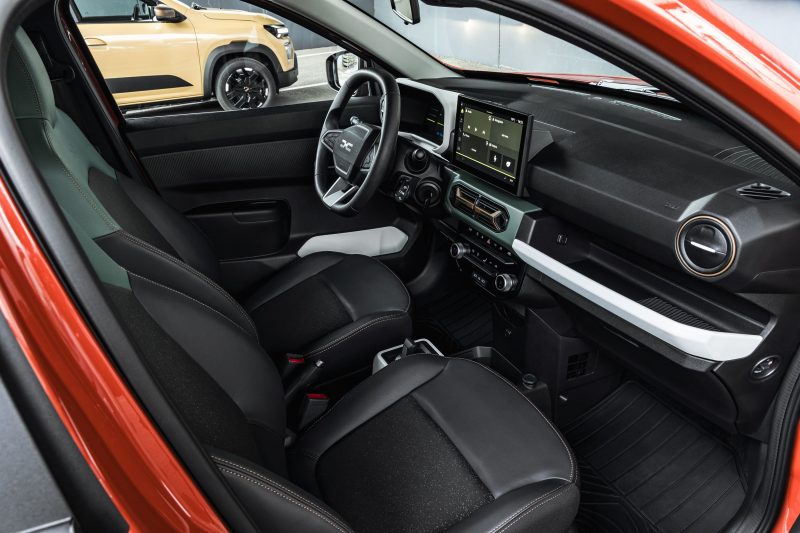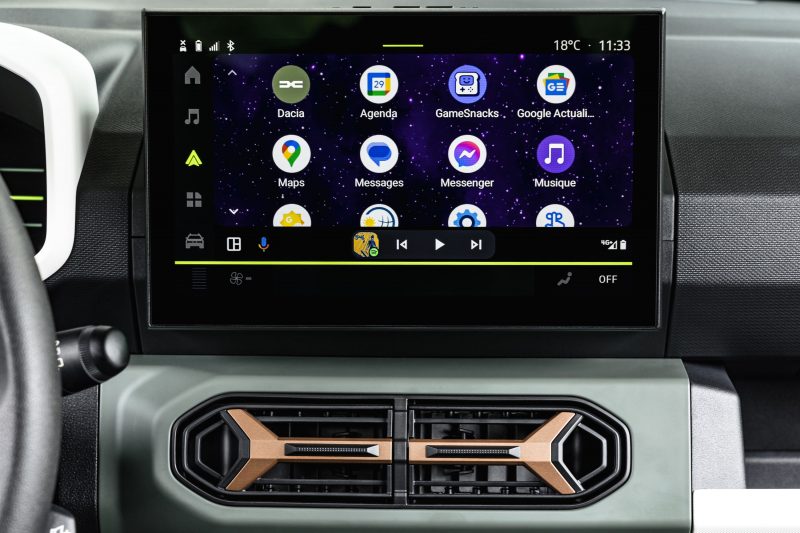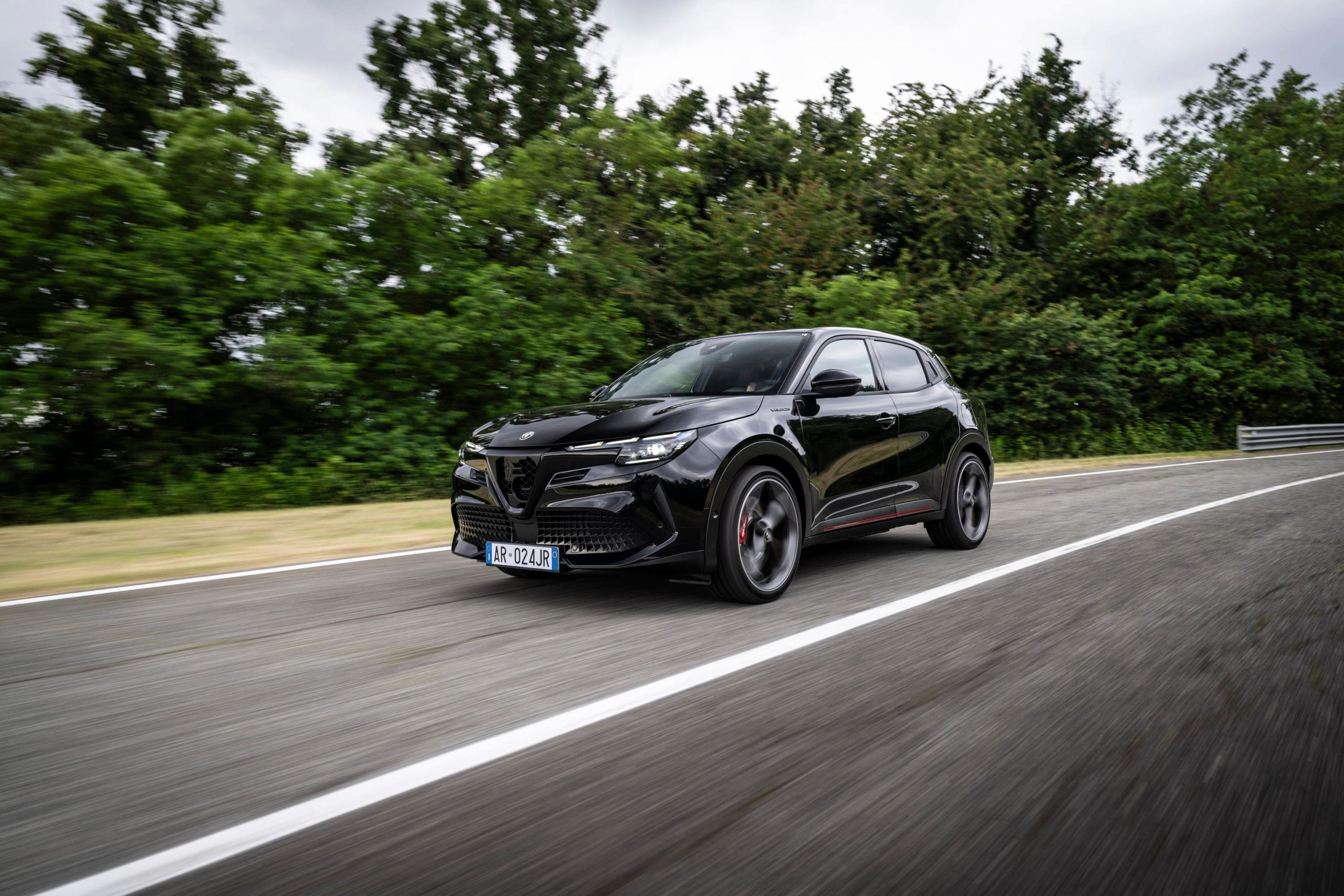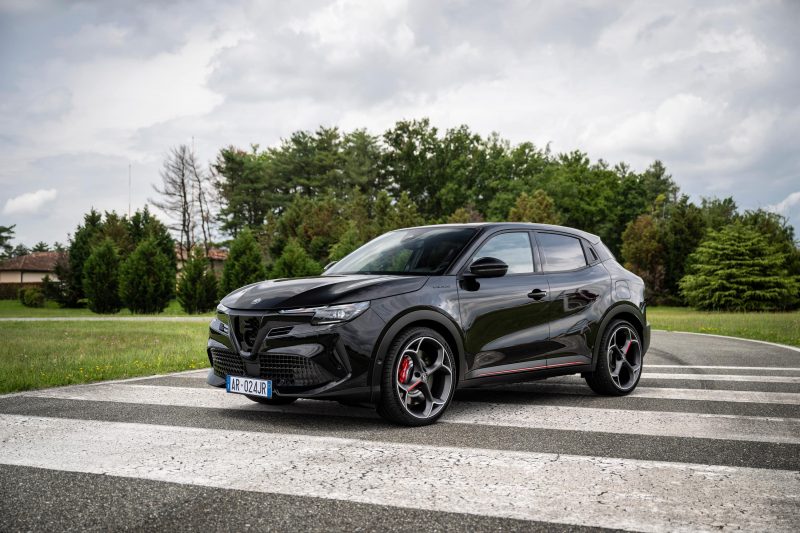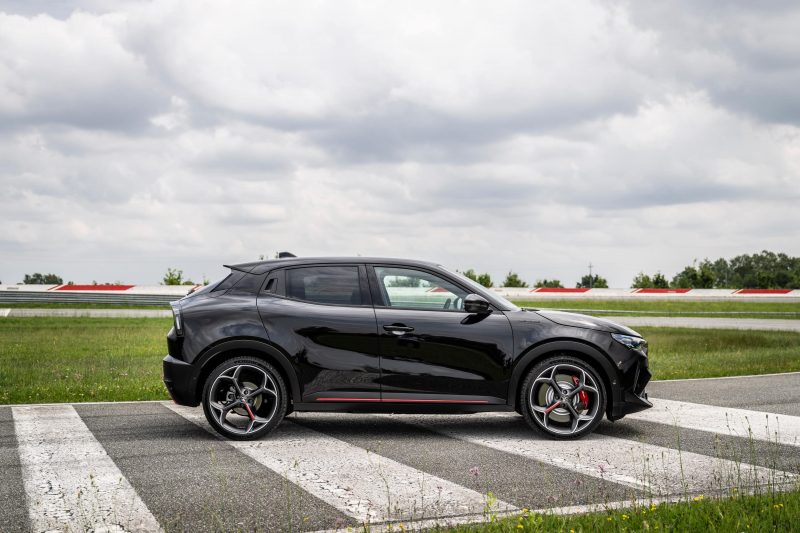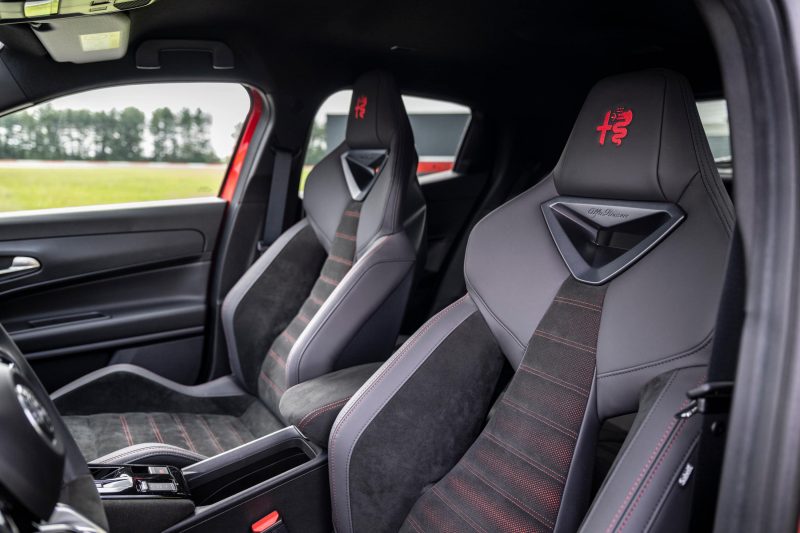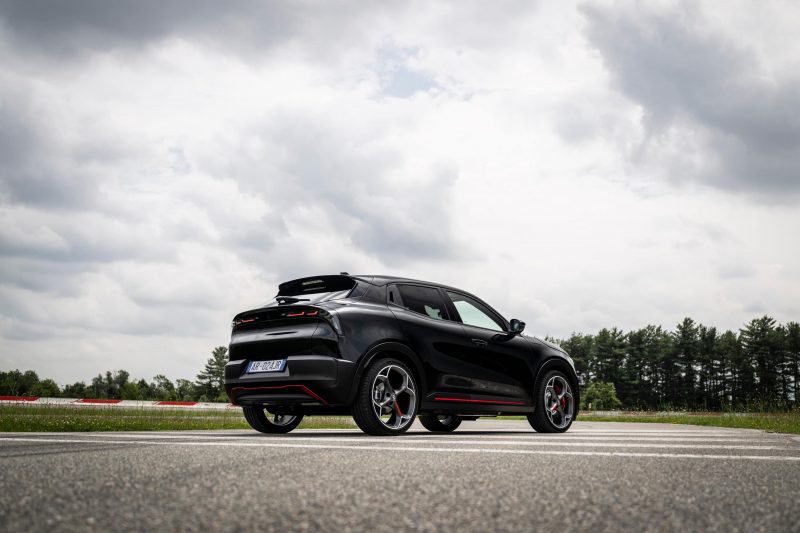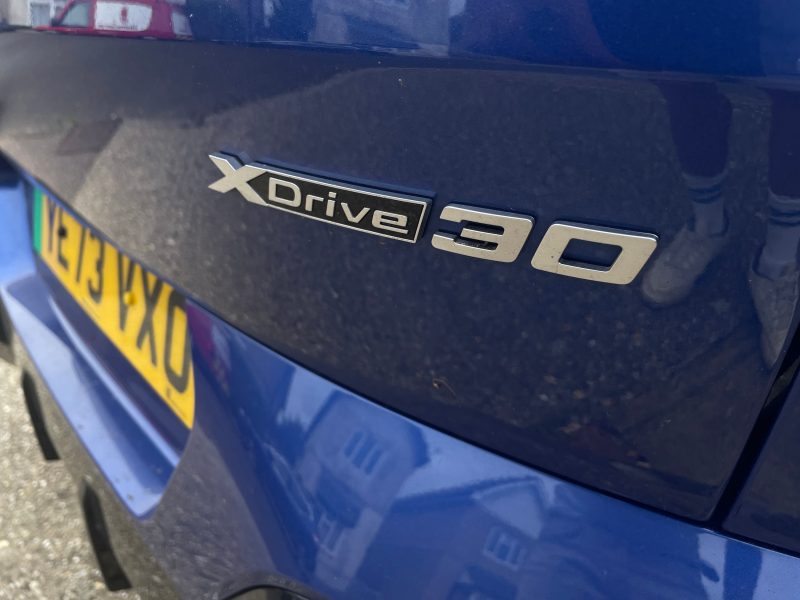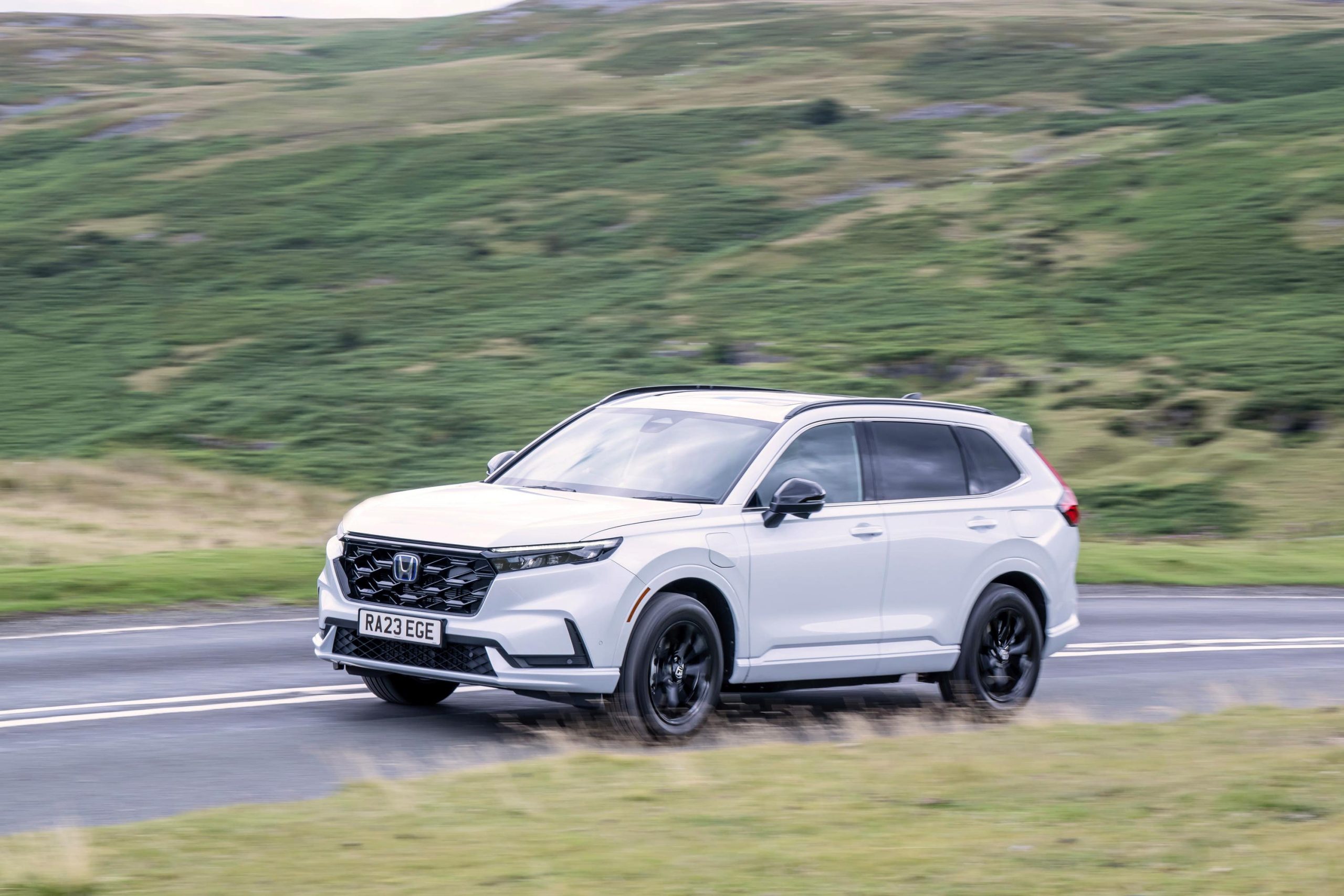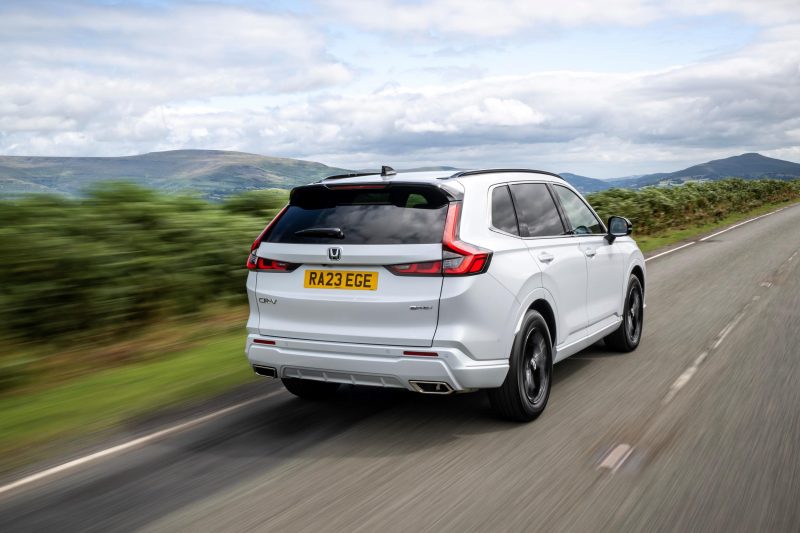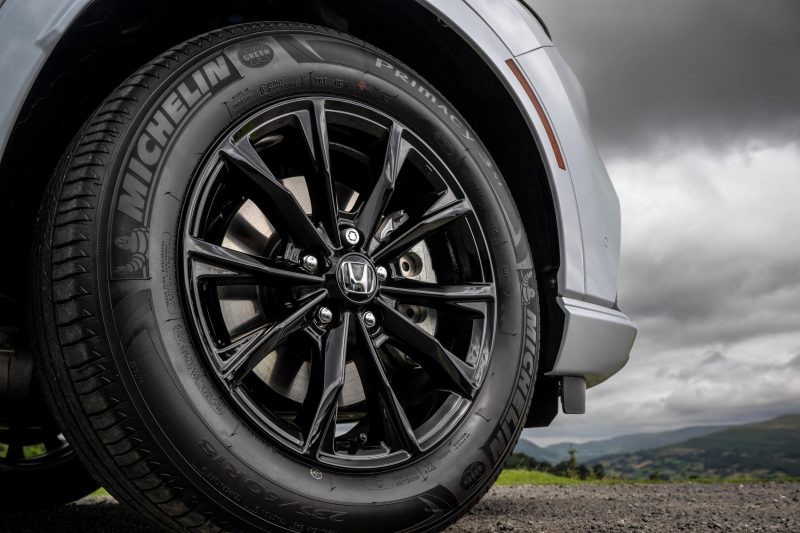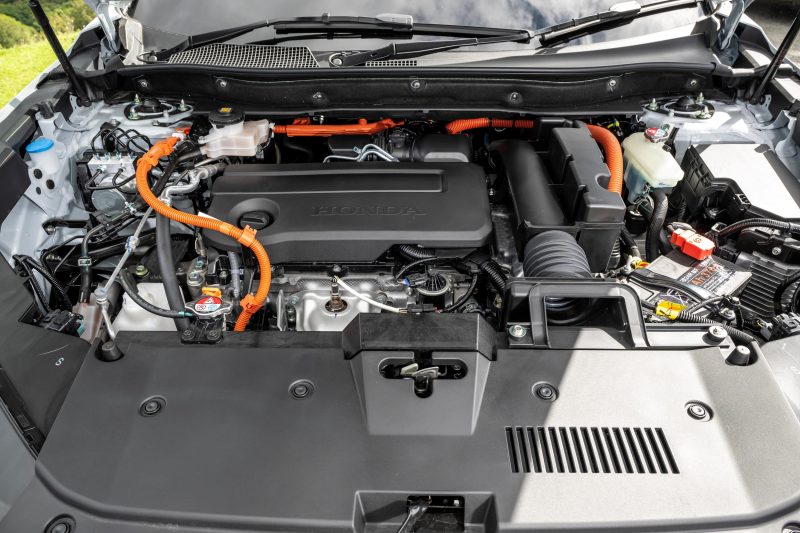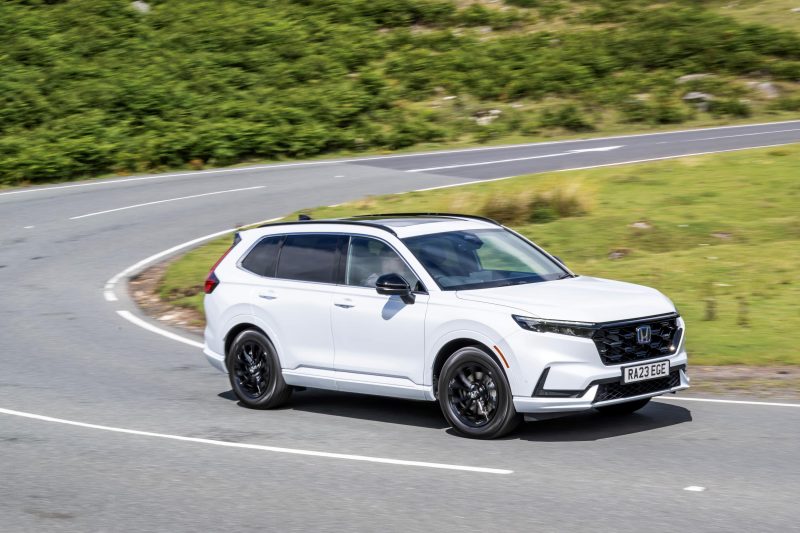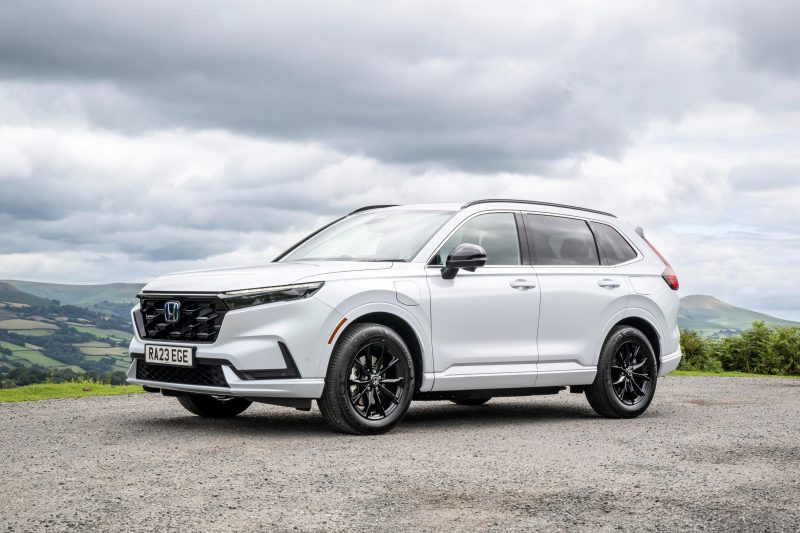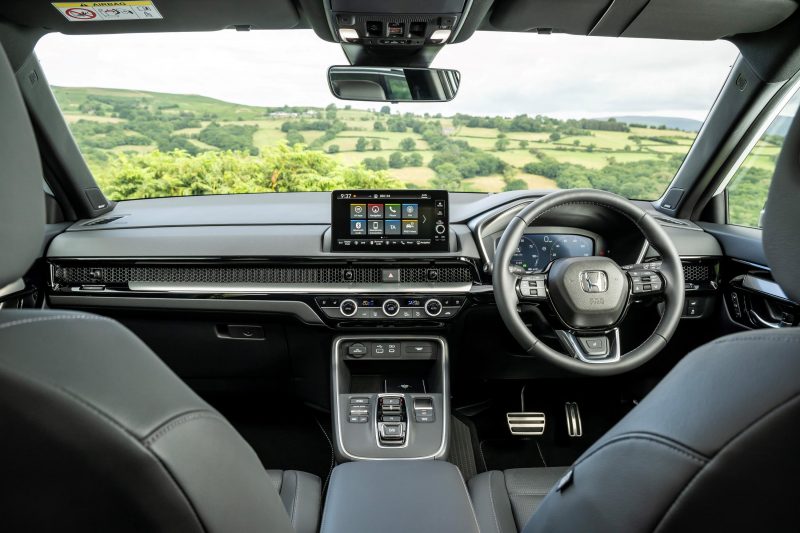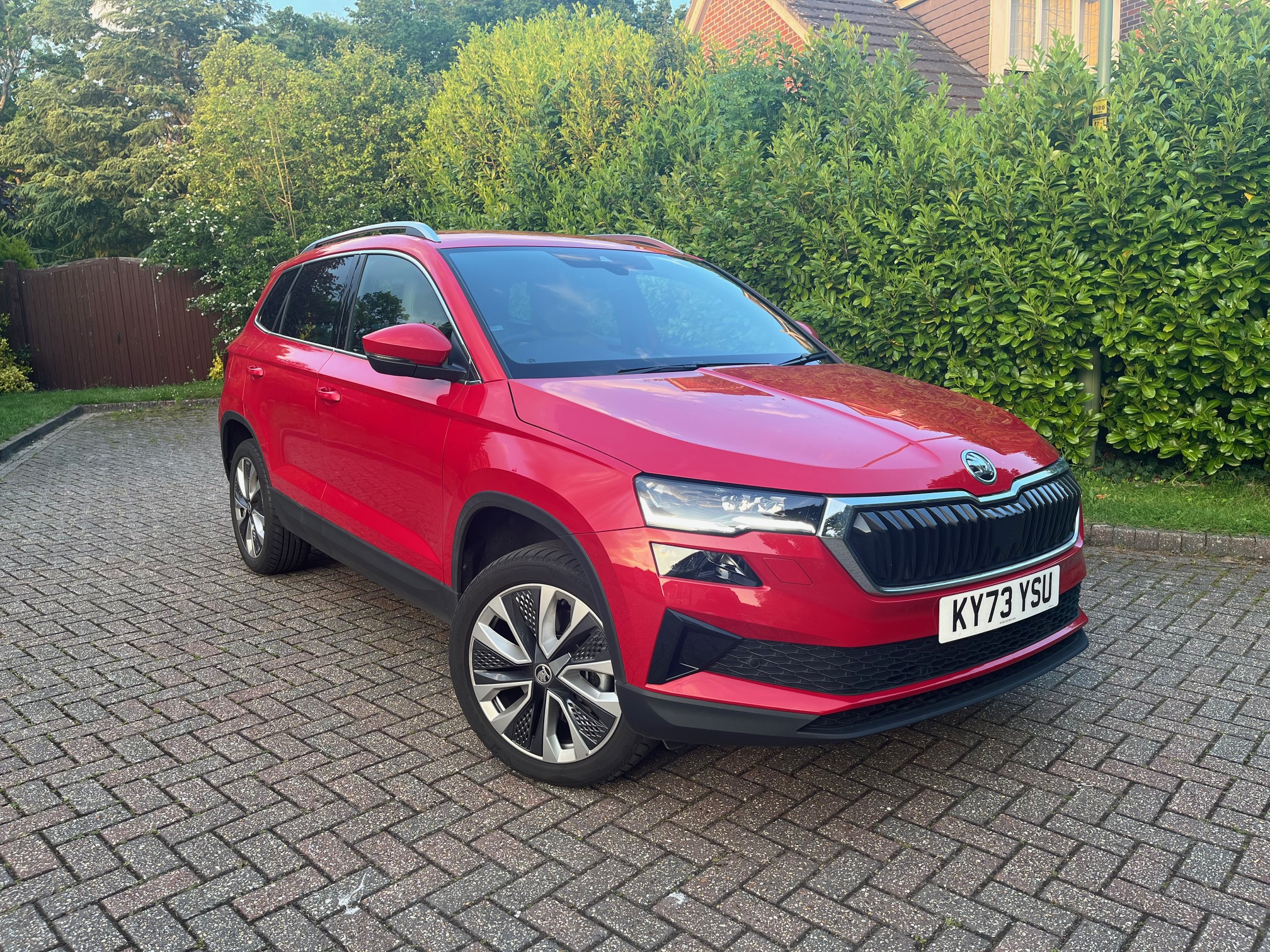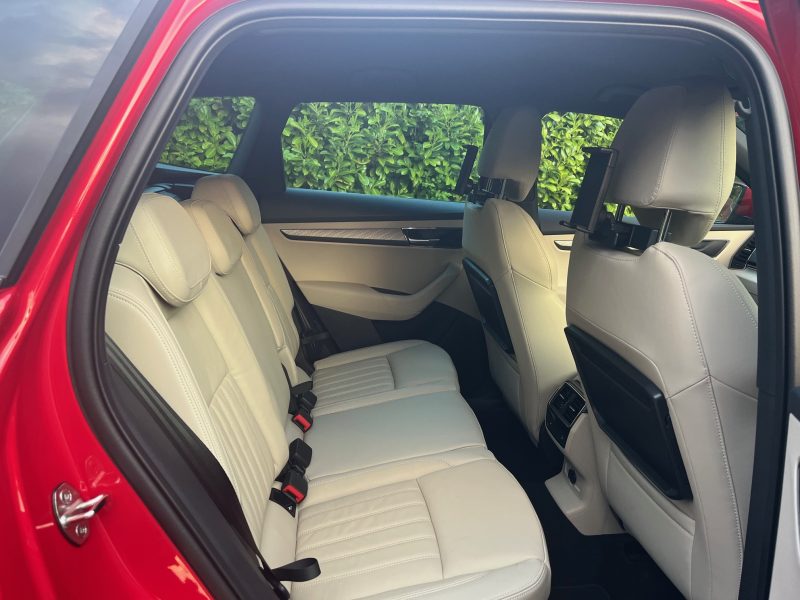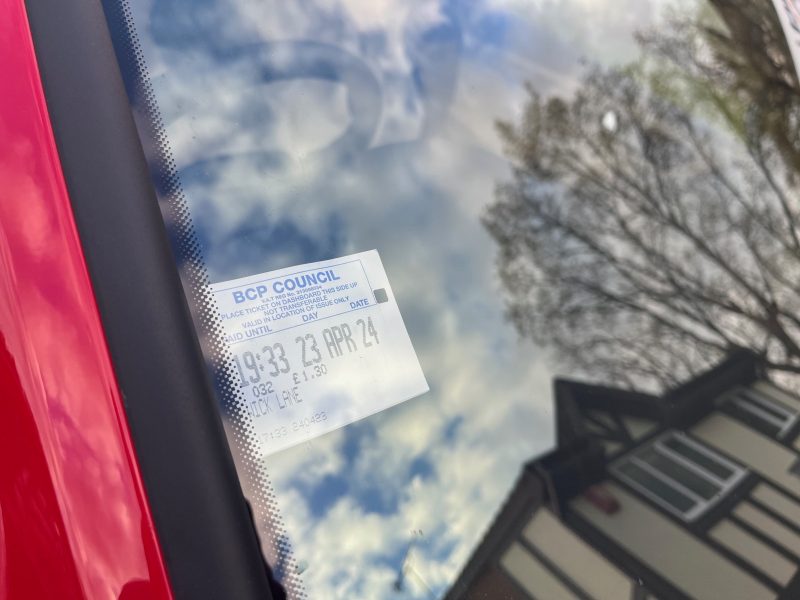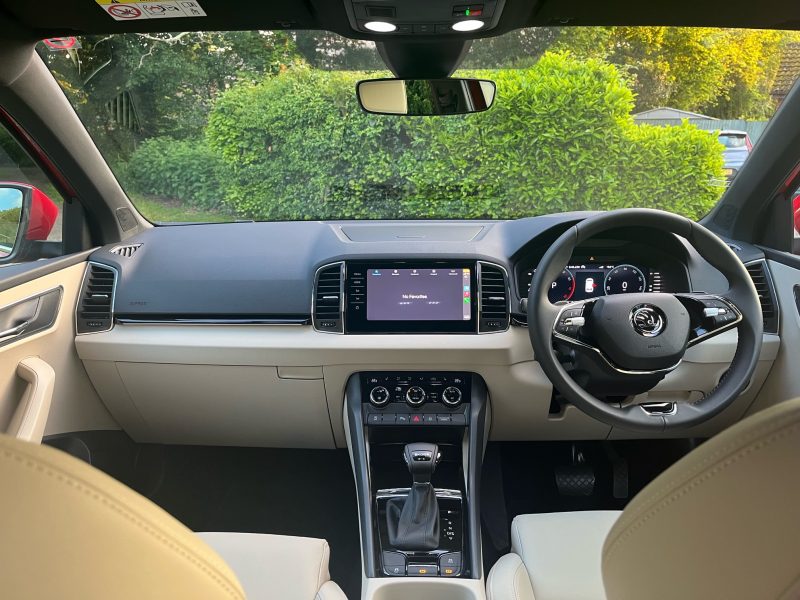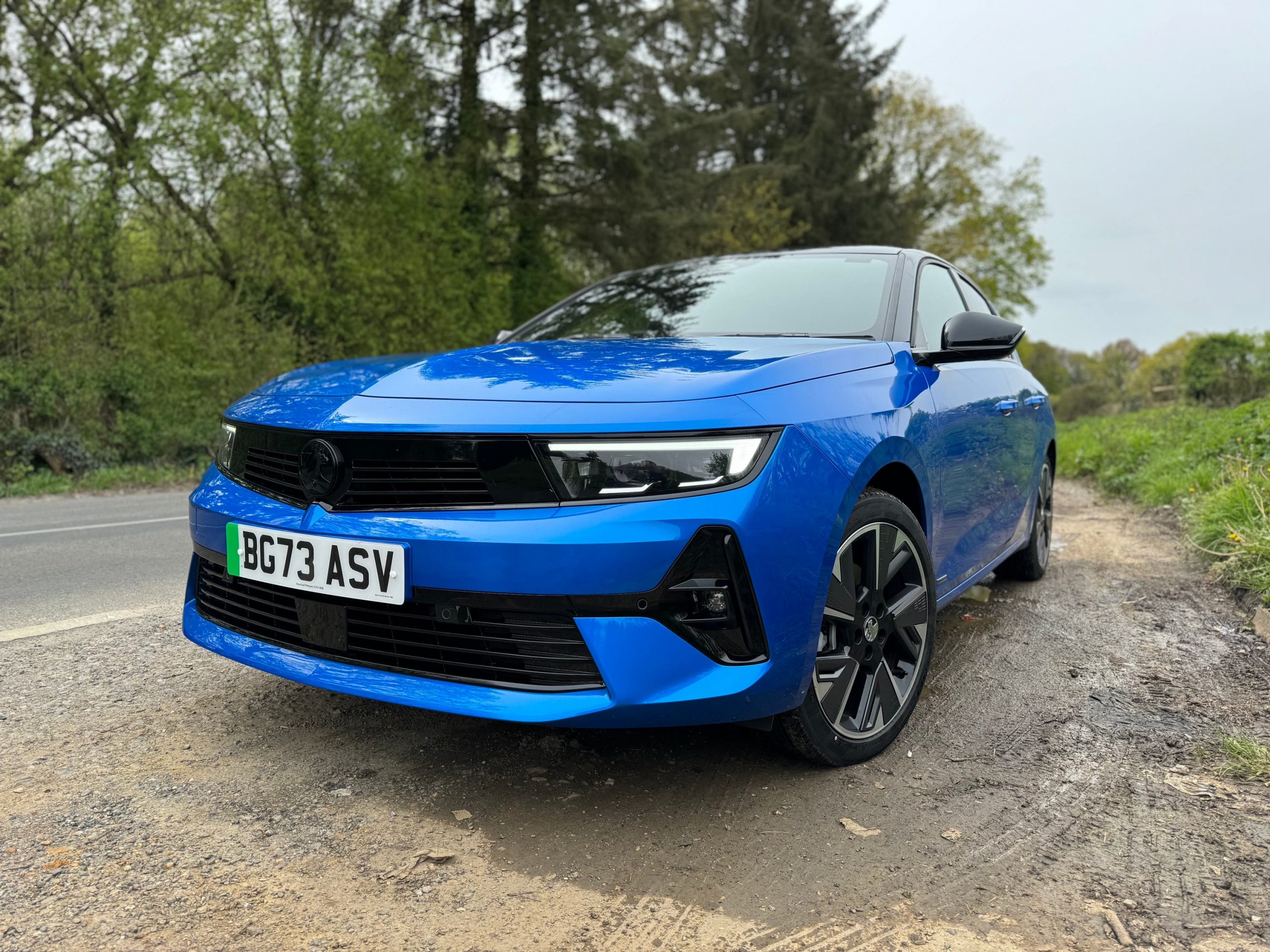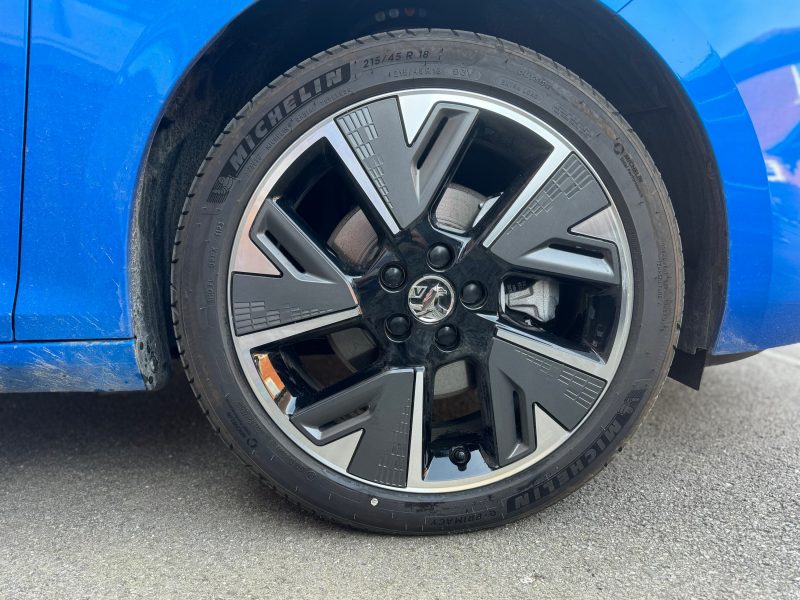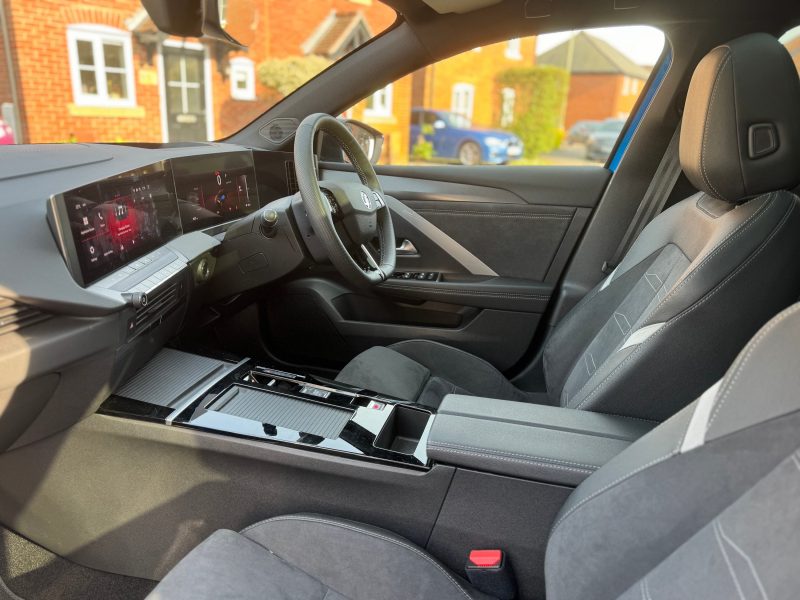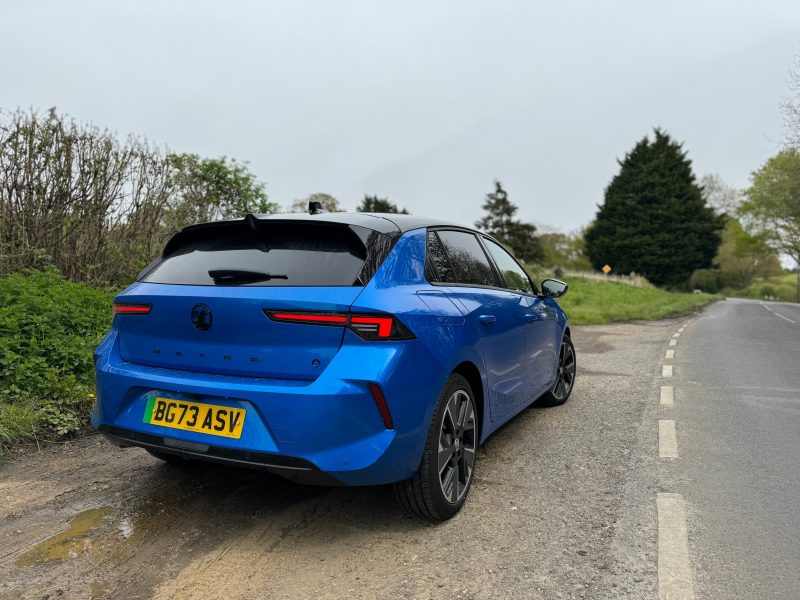Underneath you’ll find the underpinnings of the Toyota Yaris Cross, but does that mean it’s just wearing a posh suit? Cameron Richards finds out.
What is it?
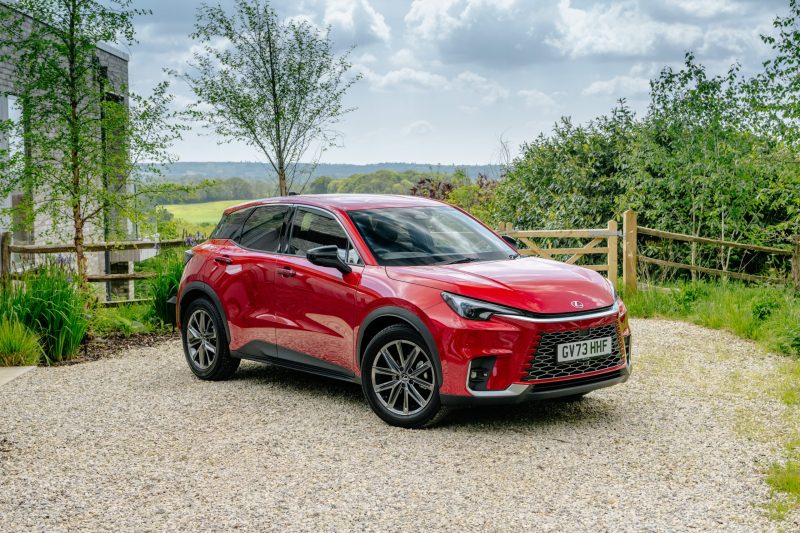
The LBX arrives as the smallest car in Lexus’ current range, with its eye-catching acronym standing for ‘Lexus breakthrough X (Crossover)’. Available only as a hybrid, there is also a choice of front and four-wheel-drive models while there’s no shortage of trim levels and colours, either.
It’s got a big act to follow as it’s competing in a fiercely competitive sector of the compact SUV class – rivalling cars like the Skoda Kamiq and Audi Q2. So can it do enough to come out on top? We’ve been finding out.
What’s new?
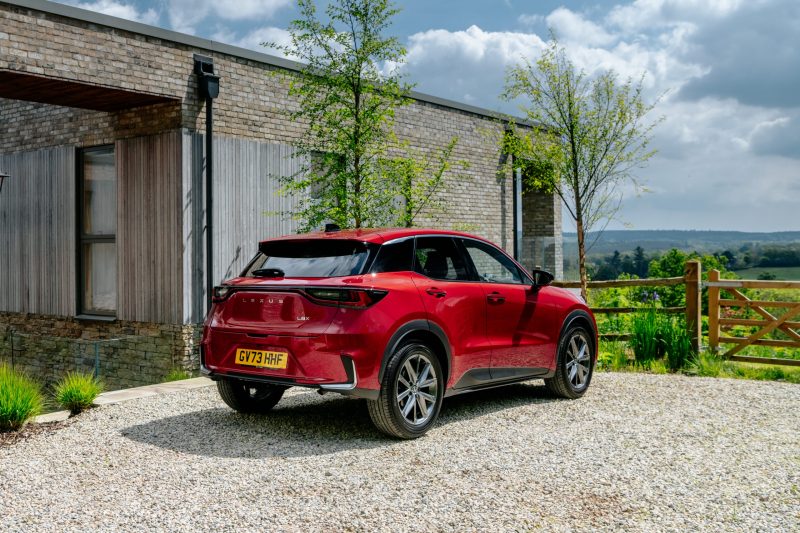
This is Lexus’ first take into the compact crossover class and with such demand in this segment, it’s not tricky to see why. The LBX features a new body with touch-sensitive door handles as well as a premium interior with lots of standard equipment.
Underneath the skin, it shares all of its mechanicals and chassis with the Toyota Yaris Cross, except for a longer wheelbase which has been introduced with the aim of boosting interior space.
What’s under the bonnet?
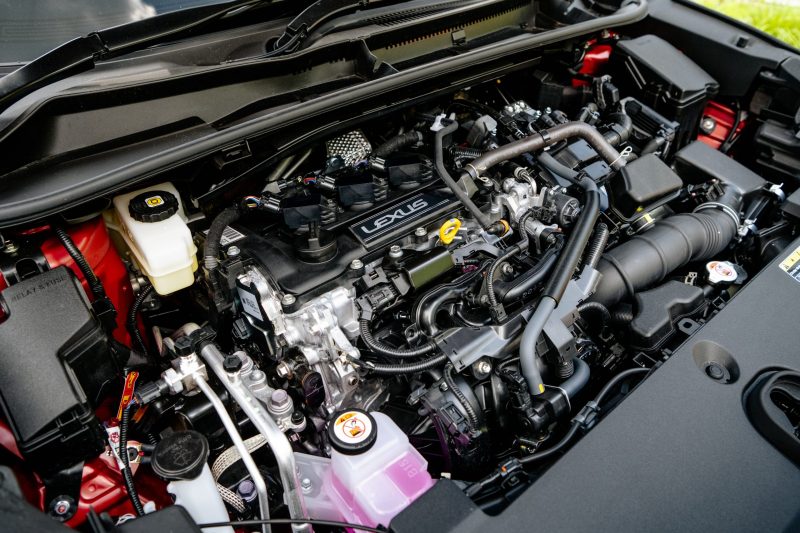
It’s simple. There is only one engine to choose from and that is a 1.5-litre three-cylinder petrol engine that is mated to an electric motor. It produces 138bhp and 120Nm of torque, but also emits only 103g/km of CO2.
Acceleration isn’t too bad with a 0-60mph time of 9.0 seconds and a top speed of 105mph – while all LBXs come as standard with a CVT automatic transmission.
The powertrain is a standard hybrid system which doesn’t need any plugging in, meaning that the engine acts as a generator to charge up the battery. All you need to do is fill the car up with fuel like any other conventional vehicle.
What’s it like to drive?
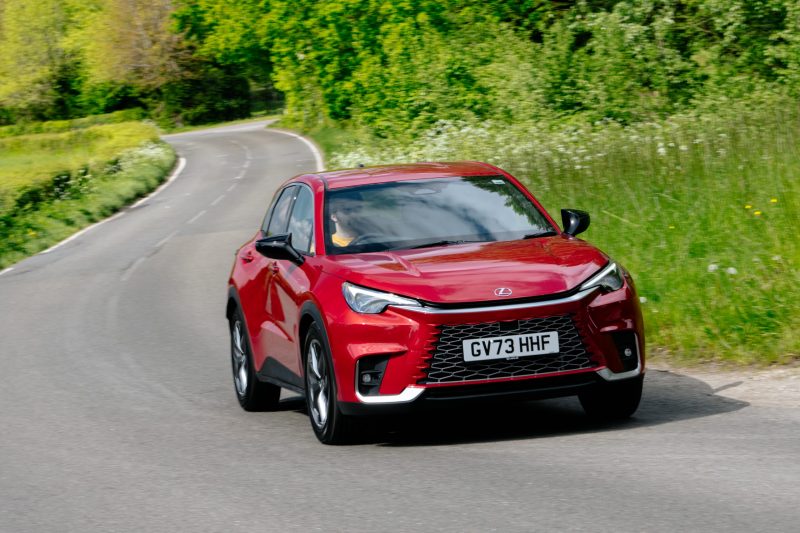
Behind the wheel, the LBX is an excellent car to drive. With its neat and precise handling and its nicely weighted steering feel, it inspires you with confidence when chucking it into the twisty sections of the road. There is hardly any body roll and it feels planted and agile when you want to have a bit of fun. It’s very refined with a lot of sound deadening which eliminates road, tyre and wind noise at speed.
The seats do a good job of supporting you and there is plenty of adjustment in them and the steering wheel.
The only gripes to find are that taller drivers can hit their knee on the centre console when driving which can be a nuisance and the C-Pillars are relatively thick, causing obstruction when reversing and manoeuvring around town.
Out time with the car saw fuel efficiency of 58.1mpg – not far off Lexus’ claimed 62mpg figure either, making the LBX one of the most fuel-efficient in this class.
Driving around town, and at speeds of under 30mph, the car runs purely on its electric motor making it relaxing, quiet and effortless. However, put your foot down and the engine roars into life and sounds fairly strangled and loud. Additionally, the ride does seem to fidget about a bit over uneven road surfaces and although the LBX isn’t uncomfortable, the Skoda Kamiq does feel more relaxed over the bumps.
How does it look?
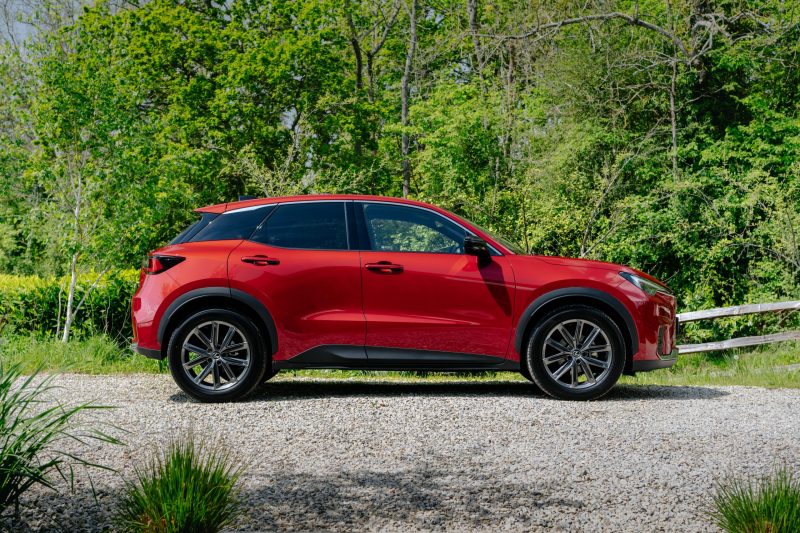
Lexus has always pulled off its own unique identity, and the LBX definitely follows suit. Its angular bonnet and wraparound headlights alongside its honeycomb effect mesh grille give the car an aggressive front end.
Our test car featured the two-tone black roof and diamond-cut alloy wheels which all help make the LBX a real head-turner. At the back features a blacked-out C-pillar and a single light bar that runs the width of the tailgate. Overall, the car sits nicely on the road with a wider stance that helps its appearance.
What’s inside like?
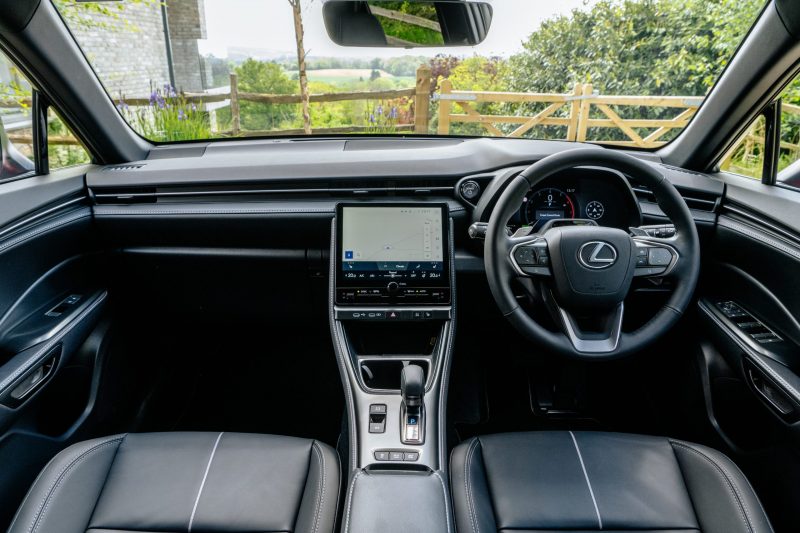
Step inside and it’s a typical Lexus, in which everything feels built to last and all the cabin materials are of high quality.
The door bins are large with enough space for average-size water bottles and there are five USB-C charging ports. A spacious storage space under the centre console is handy, and there is an adjustable centre armrest that houses a removable cup holder and deep cubby.
But, on the flip side, the glovebox is pretty small and interior space for the rear passengers is cramped with limited head, legroom and foot room.
Another irritation is the internal electronic door handles which can be fiddly to use. You have to push them away and hold the door as you exit the car, which is fine when you’re used to them, but passengers who occasionally travel will be stumped on how they work. Luckily there is a manual override function where you can pull the handle towards you two times – making it more intuitive to use.
The rear seats don’t fold flat and the boot space is not as big as some of its rivals at 402 litres. A Volkswagen T-Roc has 445 litres, in comparison.
What’s the spec like?

There’s no shortage of choice when choosing the right LBX, in fact, the range consists of Urban, Premium, Premium Plus, Premium Plus Design, Takumi, Takumi Design and Original Edition.
Our test car is the Premium Plus Design which starts at £35,605 and includes heated front seats, blind-spit monitoring, head up display and rear privacy glass.
Higher specced versions such as the Original Edition come in at £40,005 and boast a 13-speaker Mark Levinson premium audio system, 18-inch alloy wheels, a 360-degree panoramic view monitor and a heated steering wheel.
Additionally, the Takumi and Takumi Design models come with the choice of either front or four-wheel-drive options.
Verdict
To sum up the LBX, it’s a great all-around car that is fun to drive while incorporating Lexus’ usual reliability, quality, dependability and durability. It also offers a lot of standard equipment and delivers great fuel economy and low CO2 emissions.
It may not be the most practical car in this segment, and its engine isn’t the smoothest or quietest, but you can’t ignore the fact the Japanese sub-brand of Toyota has done an excellent job in developing a small crossover that offers a sporty driving experience coupled together with great looks and superb build quality.
Facts at a glance
- Model as tested: Lexus LBX Premium Plus Design
- Price as tested: £36,275
- Engine: 1.5-litre petrol hybrid
- Power: 138bhp
- Torque: 120Nm
- 0-60mph: 9.0 seconds
- MPG: 58.1
- CO2 emissions:103g/km
By Cameron Richards

